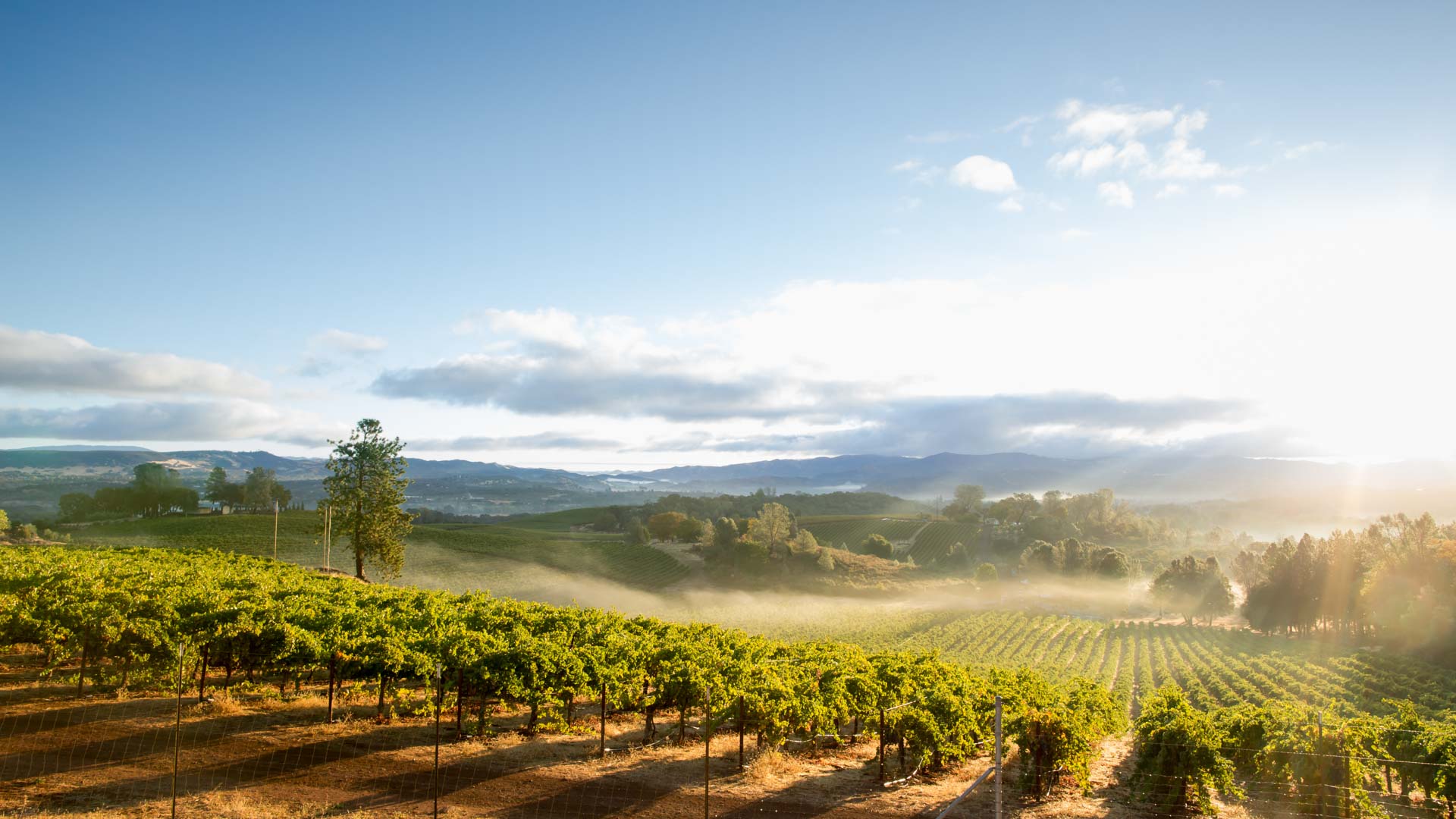When he was 11 years old, Cheech Marin began his love affair with art. Growing up in Los Angeles, he started by poring over art books at his local library, then venturing out to museums near his home. “I would go to museums all time,” says the comedian, musician, and actor, “especially LACMA, because I lived in L.A., to see paintings up close and personal. You have to see paintings in person to really get the true value of them.”
In the latest episode of the California Now Podcast, Marin talks with host Soterios Johnson about a special new place to look at paintings up close: the Cheech Marin Center for Chicano Art and Culture, which recently opened in Riverside, about an hour east of Los Angeles. Marin is famous for being one half of the comedy duo Cheech & Chong—and for appearing in movies such as Up in Smoke and the TV series Nash Bridges—but he has also become well-respected in the art world for his vast collection of Chicano art.
“The Cheech,” as the museum is nicknamed, is affiliated with the Riverside Art Museum and is comprised of a rotating selection of pieces that Marin has donated to the museum—so far, more than 500. The current selection on display is about 90 pieces, he says, “because I didn't want the audience to get painting fatigue, which I often get when I go to a big museum, and I just can't see any more paintings—I don't care how wonderful they are. But with this one, you can see the whole thing and really enjoy it. And then the next time you come, there'll be different art.”
Marin’s goal, too, is to share with art fans the depth of Chicano art. For starters, it helps to understand the word “Chicano,” which, as Marin explains, “was originally an insult from Mexicans to other Mexicans living in the United States, because they were seen as something less. They were smaller ‘chicos’—little Mexicans.”
Visitors should expect to be surprised, challenged, and impressed. “Chicano art has a myriad of different viewpoints,” says Marin, “a blending of American and world art, because these artists are all university- or art-school trained. They incorporated world art in what they were doing too, so you could get a Chicano version of Caravaggio.”
One vivid example at The Cheech is a 26-foot-tall piece by Einar and Jamex De La Torre, a “lenticular” work hanging in the entryway, comprised of hundreds of prismatic images. Another is Exile Off Main Street by Benito Huerta, which depicts a meeting between Picasso and Kandinsky, set against velvet. “The art is good, you know?” says Marin. “The more people get to see it, the more they realize the great artists we have in this collection.”
The museum’s building is a mid-century modern work of art in itself, Marin says, and the former city library is now part of Riverside’s under-the-radar cultural scene. Marin shares with Johnson what he admires about Riverside, including its early history as a railroad hub surrounded by miles of citrus orchards. Today, its population is about half Latino. Riverside “was prosperous from an early age, and a very cool town,” he says. “In 1880, you could get an orange on Christmas morning in London, England, because of Riverside. It’s agricultural, but very artistic at the same time.”
Also in this episode, Marin answers our California Questionnaire, sharing his picks for his favorite California song, road trip, and perfect day. The latter includes the desert, and his home near Joshua Tree National Park. “You don’t have to do anything out there,” he quips. “Just stand in the air. It’s the best.”
